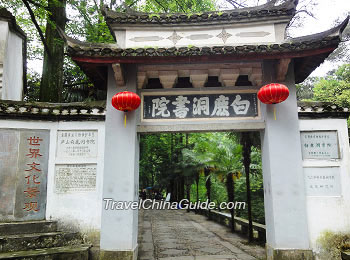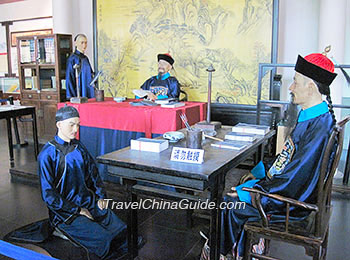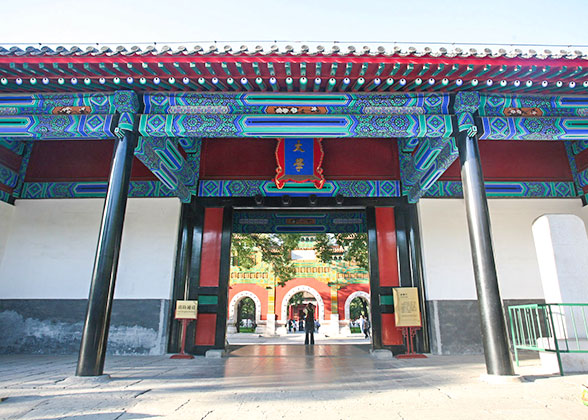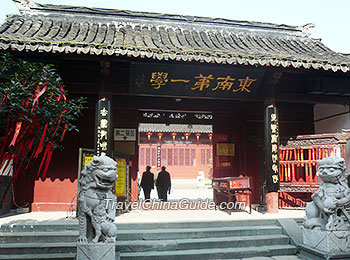Innovation of Education in Ming & Qing Dynasties
Innovation in Education System
 |
| Bailudong Institute in Mt.Lushan, Jiangxi, greatly developped in the Song Dynasty |
Firstly the extension of matriculation was broadened. In the former dynasties like the Tang Dynasty, each year the 'jinshi' were no more than twenty to thirty in number but in the Song Dynasty, there were as many as hundreds of people passing the exams and even those who failed the exams many times could apply for tolerance of the emperor and so serve as officials with less important positions.
Secondly, the frequency of exams was limited to a fixed 'once every three years'. The local tests came first in autumn and in the following spring the qualifying candidates would trudge to the capital for the higher imperial examination.
Thirdly, so far as content was concerned, while the earlier examinations laid much stress on the ancient classical texts, the great reformer Wang Anshi (1021 - 1086) advocated an innovation which was much more practical. He changed the blank-filling of verses into composition about the verse, giving free reign to the ability of the candidates. However this was opposed by other grandees and did not last for long.
Finally, to prevent the practice of favoritism, examinees' names were closely covered on their papers which were then exchanged among different local examiners. This did indeed greatly reduce the incidence of cheating.
In the Song Dynasty, few governmental schools were erected, but it was the vogue for scholars to set up numerous private educational organizations - 'shu yuan'. The function of this kind of school was to cultivate talented people, to encourage a devotion to learning, as well as to spread culture. The four most reputed 'shu yuan' were named Bailudong Institute of Jiangxi, Songyang Institute and Yingtianfu Institute of Henan, and Yulu Institute of Hunan. Scholars were invited to give lectures and students were provided with dormitories, desks and food while basically studying on their own. Subsequently, most of these institutes became places where students prepared for exams.
Full-Bloom in the Ming Dynasty
With the coming of the Ming Dynasty, the imperial examination system reached its period of full bloom. Great attention was given to the administrative procedures and the tests became more rigorous.
Central government managed to found schools called 'guozijian', and strengthened their function to be the only road by which people could take the exams. There were in total three stages leading to realizing the dream of becoming an official: provincial examination (xiangshi), metropolitan examination (huishi) by the Board of Rites, and Palace examination (dianshi) by the emperor himself. Only students of 'guozijian', commonly known as 'xiucai', could participate at the provincial level as their starting point.
|
|
Declination in the Qing Dynasty
 |
| Examination in the Qing Dynasty |
- Last updated on Aug. 08, 2022 -

